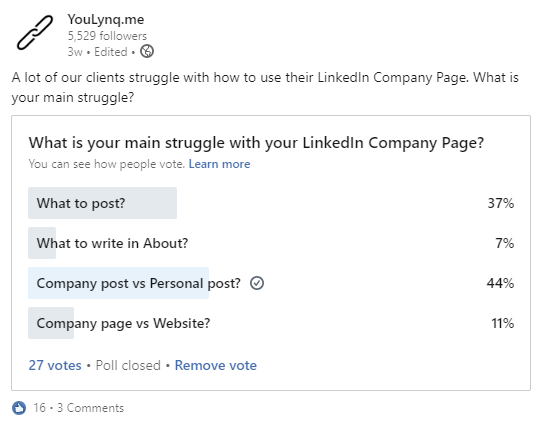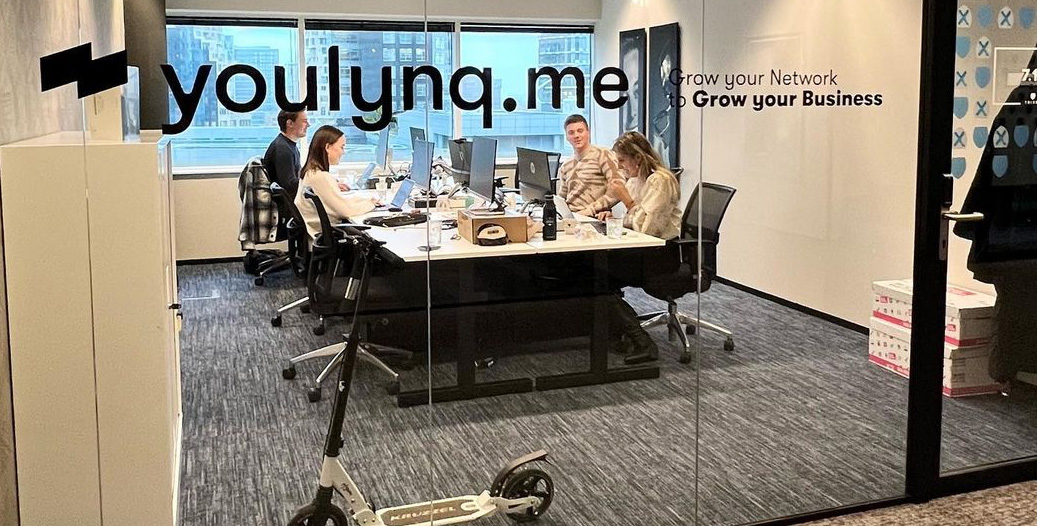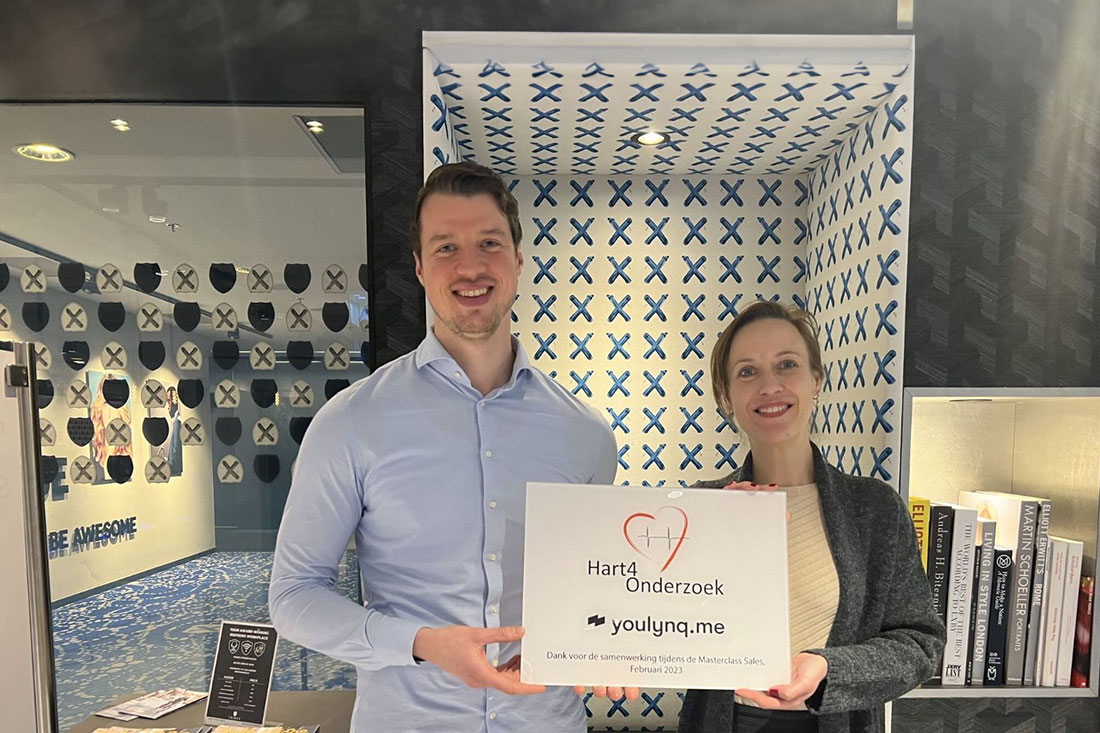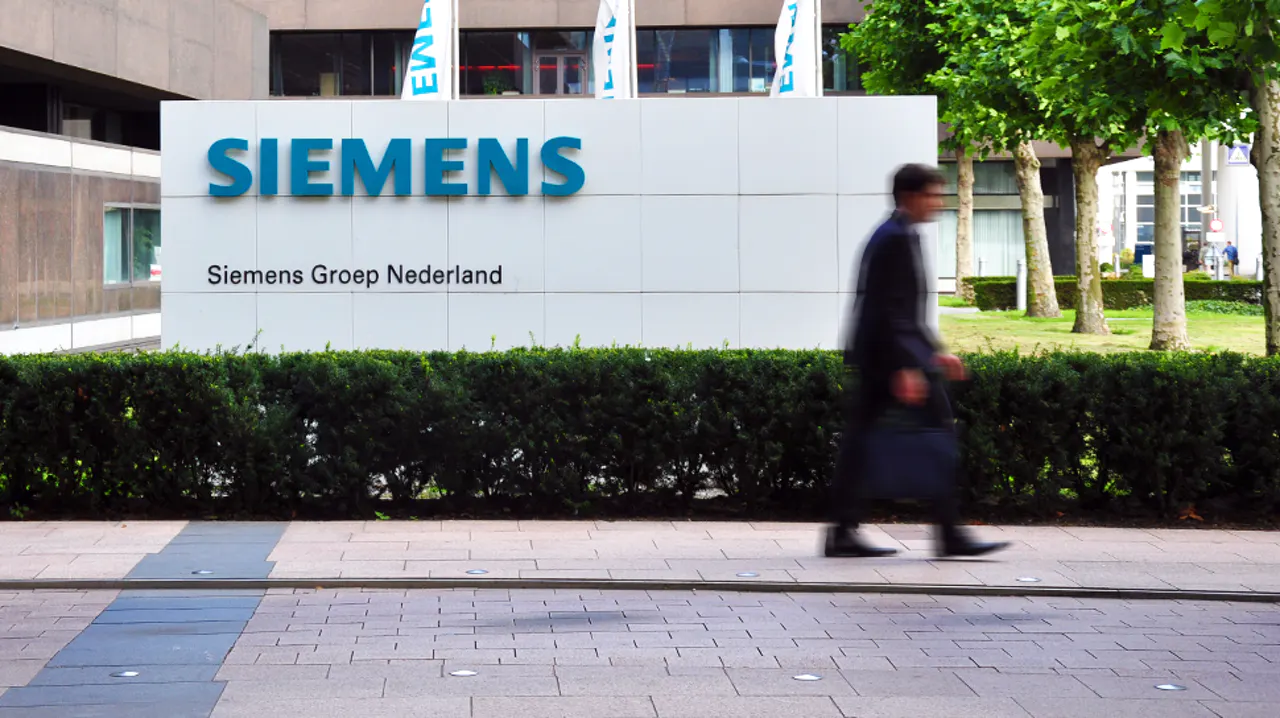Two weeks ago, we conducted an experiment by creating a poll on our LinkedIn Company Page. The poll question was: “What is your main challenge with managing your LinkedIn Company Page?” Here are the results:

It seems that there is uncertainty regarding what to post on our Company Page versus our Personal Page, as well as how to develop a strategy that effectively combines the two.
Through managing over 100 LinkedIn profiles for our clients, we have gained valuable insights from our experience in creating posts and post strategies.
Here are five tips to help you enhance your LinkedIn Company or Personal Page posts.
1. Define your strategy.
Ask yourself the following questions to determine your goal with your LinkedIn posting activity:
- Do you want to maximize your views?
- Do you want to share knowledge and encourage interaction?
- Do you want to build your personal brand?
- Do you want to establish yourself as an authority?
- Do you want to create a platform and grow your followers base?
- Do you want to generate downloads and follow-up leads?
- Do you want people to visit your website?
- Do you need to share updates with your customers?
For example, if your goal is to work on your personal brand and be an authority, focus on posting on your personal profile and share it on your company page. This way, you can guide your followers to engage more with your personal activity. If you want to create a platform and build a followers base, prioritize posting on your company page and share it on your personal page. Effective networking on LinkedIn requires a strategic approach to how you leverage both your personal and company profiles to connect meaningfully with your audience.
2. Determine what suits best with your kind of company.
There is a common belief that personal posts receive more views than company posts. However, it depends on various factors. If you work for a leading company or a well-known brand but have a limited number of connections, your company page might outperform your personal profile. On the other hand, if you have a larger workforce and can motivate your employees to share your posts, you may achieve more overall views with personal profiles. In this case, the challenge lies in managing and motivating your employees to actively post. Nonetheless, what truly matters is what aligns with your business type and your defined strategy. The importance of LinkedIn becomes particularly evident for B2C brands, as building a follower base on the company page can be crucial for engagement and brand visibility. It may also be the case that you already have a significant number of followers on your company page. This platform serves as an excellent channel for brand-customer interaction.
On the other hand, medium-sized B2B service providers may not have as many followers, and their company page might not be as effective in communicating with customers compared to B2C companies. In B2B businesses, personal relationships between buyers and sellers play a more prominent role. Building long term relationships in B2B is essential, and therefore, it’s advisable to focus on your personal profile in such scenarios.
3. Your LinkedIn company page as an employer.
The third aspect to consider is employer branding. Regardless of your company’s size or whether you operate in the B2C or B2B sector, there will come a time when you need to hire new employees. To present your company in the best possible light to potential talents, it is crucial to have an attractive company page.
For example, you can showcase your job vacancies, talent programs, and share pictures of events that reflect your company’s culture and activities. Additionally, sharing updates from colleagues and employees can generate more personalized interactions.
4. When connections visit your personal profile they will first click on your company page.
The fourth point revolves around the customer journey of your connections. When someone visits your personal profile or connects with you, one of the first actions they are likely to take is to explore your current workplace and click on your company page. Therefore, your company page should always make a positive and accurate impression.
5. Differences between your personal and professional posting behaviour.
Remember that the primary purpose of your company page is to share relevant knowledge with your clients. Consider the challenges your clients face and why they choose to work with you. Ensure that you share information about these challenges and establish yourself as an authority in your field. To effectively communicate your expertise and connect with your audience, it’s essential to optimize your LinkedIn profile so that it accurately reflects your skills, experiences, and professional values.
Now, why can’t we post articles on our company page? That’s a good question… LinkedIn primarily focuses on personal profiles because it has always been and continues to be a platform for person-to-person professional connections. Company pages were initially created to group individuals who share the same employer.
On the other hand, your personal profile is much more suitable for expressing opinions and engaging in debates related to knowledge sharing. That’s why you have more flexibility with your personal profile to share off-topic news or current events, for example. The purpose of your personal profile is to establish your personal brand and encourage interaction. You want to demonstrate that you are an expert in your field, rather than limiting yourself to sharing information solely related to your business services.
For instance, on your personal profile, you can share news updates about COVID-19 and express a positive or negative viewpoint. However, if you were to share something about COVID-19 on your company page, it would be more focused on your company’s policies or strategies in response to the pandemic.
In this context, you can think of your company profile as being similar to your website, which contains news and blogs about your company and the services you provide. On the other hand, your personal profile is more like your professional Facebook. Yes, I actually said that! 😉
Ultimately, there isn’t just one “right” strategy for posting on LinkedIn. We recommend following your own strategy and maintaining a healthy mix of both personal and company page posts. Always consider this question: How would you like to be perceived by others?
Now you are ready to go ALL-IN!
Good luck!
From our Knowledge Base
Personal branding involves positioning yourself in a way that communicates who you are, what you stand for, and what you do. Your personal brand is your reputation. Cultivating a strong personal brand opens up job and career opportunities.
Read moreA personal brand can be used for your professional career. It depends on what you’re looking for, but it can be used for anything. Whether you’re seeking a new job, new clients, or something else, you can build it according to your specific needs.
Read moreA personal branding strategy is a great way for ambitious individuals to enhance their online reputation and stand out from the crowd.
Read moreWhen aiming to improve your personal brand, there are several steps you should follow. First, figure out who you truly are and determine what you want to be known for. Evaluate your target audience and consider any necessary improvements. Seek out experts for interviews and gather valuable information. Recommendations can also showcase your expertise. Lastly, ensure your online visibility by regularly posting content to maintain your presence.
Read moreThere are several steps to creating your personal brand. Authenticity is crucial; building a personal brand is not about crafting a persona but being true to yourself. Identify your target audience and tailor your communication to meet their needs. Develop a content strategy to effectively build your brand and earn trust. Additionally, devise a visibility strategy to capture the attention of your target audience. Lastly, focus on building a community around your brand.
Read more











